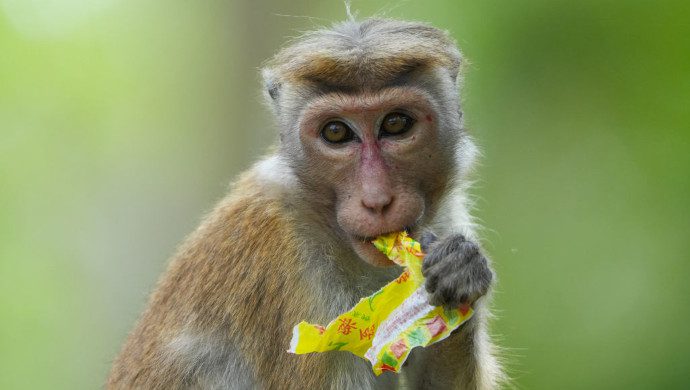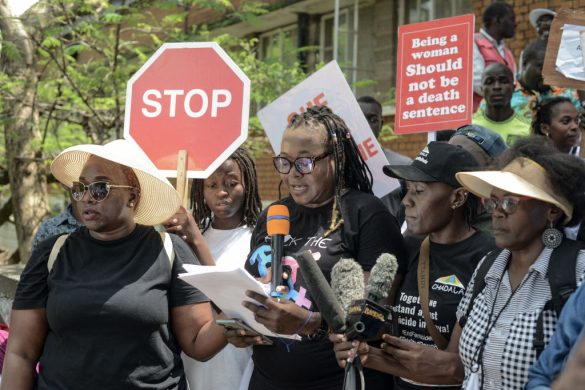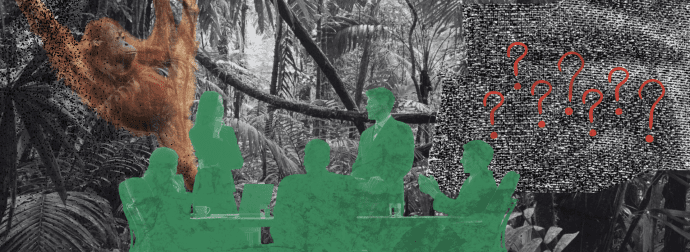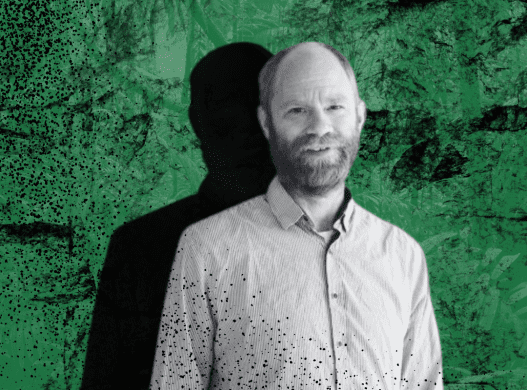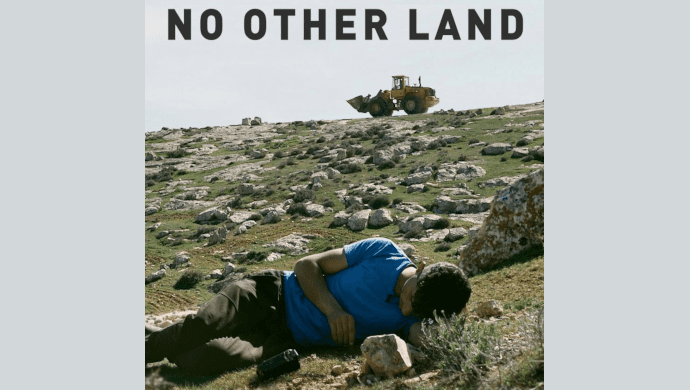Det går stærkt med naturnedbrydelse i Indonesien, og det kan man se på børnetegninger. 247 indonesiske børn blev bedt om at tegne deres natur nu og i fremtiden. De viser, at børnene forestiller sig et trøsteløst miljø de kommende år, skriver Center for International Forestry Research søndag.
BOGOR, Indonesia. Monday August 11 2014: Through the eyes of children, the future of Borneo looks bleak, writes Center for International Forestry Research Monday.
In a newly published study conducted in part by the Center for International Forestry Research (CIFOR), 247 children between the ages of 10 and 15 living in the Indonesian provinces of East and West Kalimantan were asked to draw the present and future of their environment.
The children’s drawings forecast alarming declines in wildlife, forest areas and environmental services.
The research revealed other intriguing results: Children living in the most densely forested landscapes predicted a lower decline in environmental conditions over the next 15 years, with forests, clean water and wildlife largely preserved.
Animals will be rarely seen, only butterflies. There will be no birds or monkeys because the forest will be gone.
In areas where forests have been heavily cleared, however, children expected wildlife and forests to disappear altogether.
“These children have a strong understanding and awareness of environmental issues and of the interactions between environmental factors,” said Anne-Sophie Pellier, lead author of the research.
“Children often depicted specific human activities to be the main cause of depletion of resources such as clean water, fresh air, fauna, and forest ecosystems. Children also thought this destruction will result in an alarming increase in natural disasters, air and water pollution, and rising temperatures,” she said.
30 PERCENT OF FORESTS LOST
The research found that according to the children, the main causes of declining forests and increasing environmental disasters are oil palm plantations, illegal logging, mining and development of roads.
“In Borneo, children are increasingly growing up in human-dominated landscapes which are expanding at the expense of biodiversity and forest services, and [which] negatively impact community welfare,” Pellier said.
The island of Borneo — shared by Indonesia, Malaysia and Brunei — has seen high rates of deforestation.
A recent study led by CIFOR’s David Gaveau, who was also a co-author of the children study, found that the island has lost some 30 percent of its forested area since the 1970s, and rapid expansion of agricultural and extractive industries — as well as the roads to support them — are in large part to blame.
The study is part of the Borneo Futures research project, which aims to provide a better understanding of how forests and lands could be more optimally managed on the island.
Capturing people’s perspectives about forest use and values is one of the key research components; researchers use these findings to assess the underlying socio-economic and environmental factors affecting these perceptions. Children’s perceptions are considered an integral part of this research.
“Children are the generation responsible for the future condition of the environment and their welfare, it’s important to understand how they perceive it,” Pellier told Forests News last year.
The most worrisome aspect of the situation in Borneo, Pellier said, is that it could result in a perception of their current degraded environment as the norm (known as “shifting baseline syndrome”).
The study seems to show, though, that this is not the case yet, according to Pellier:
“Children seem well aware of what their past environments looked like. And they are concerned.”
Læs videre og se tegningerne i nedenstående link.


